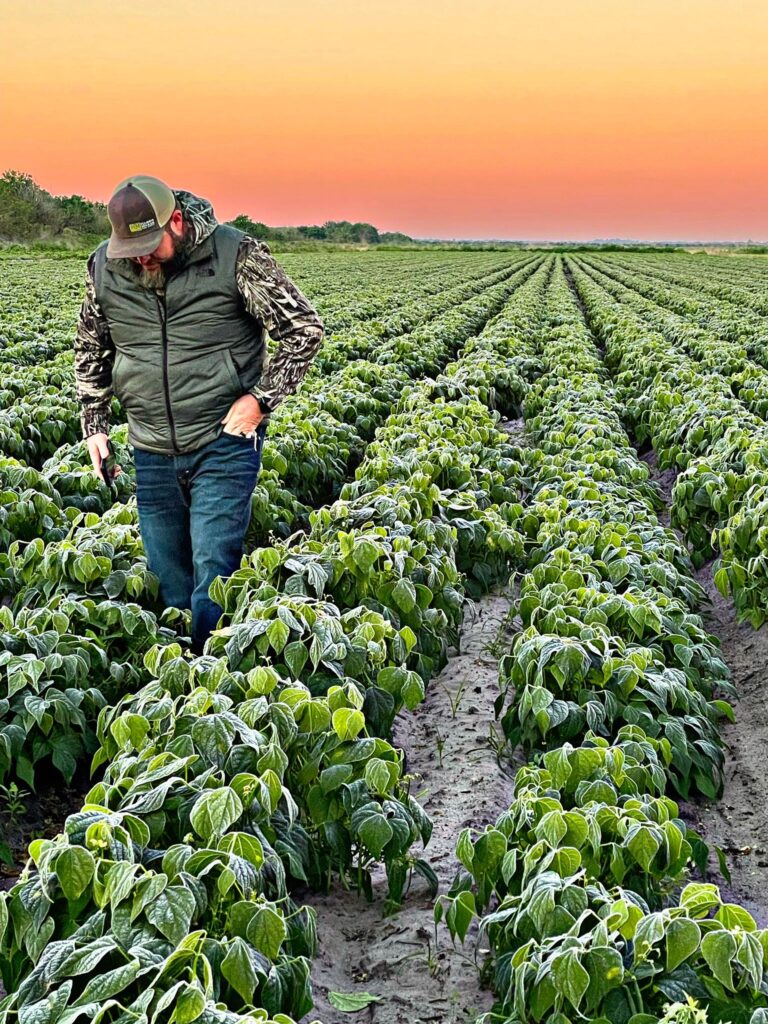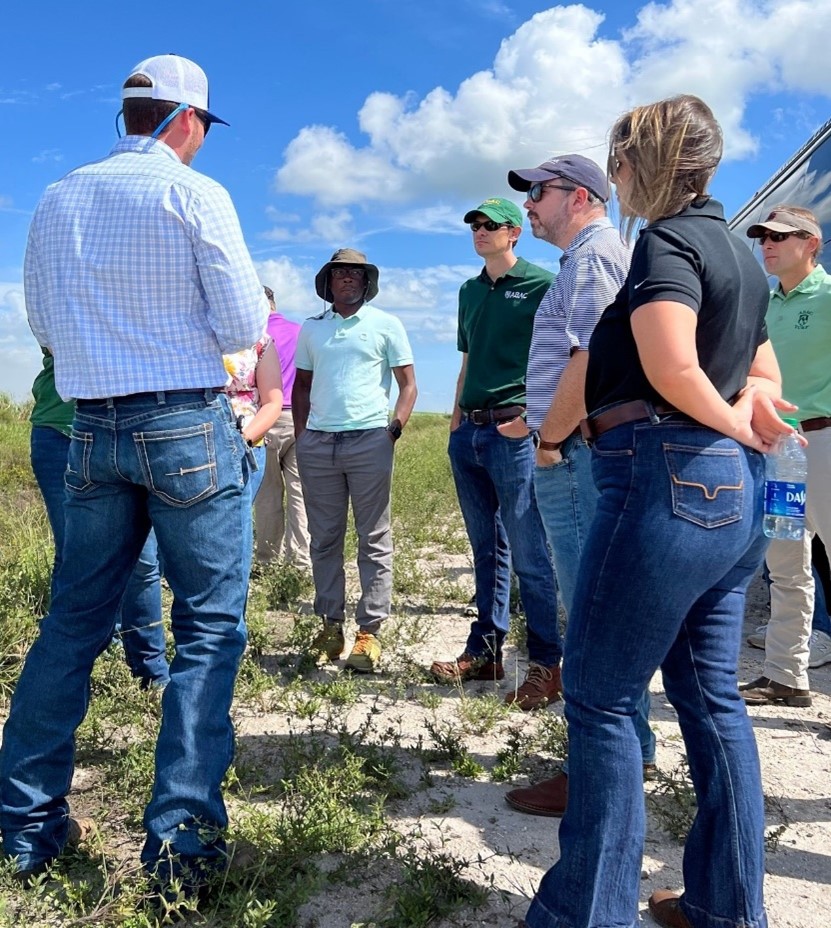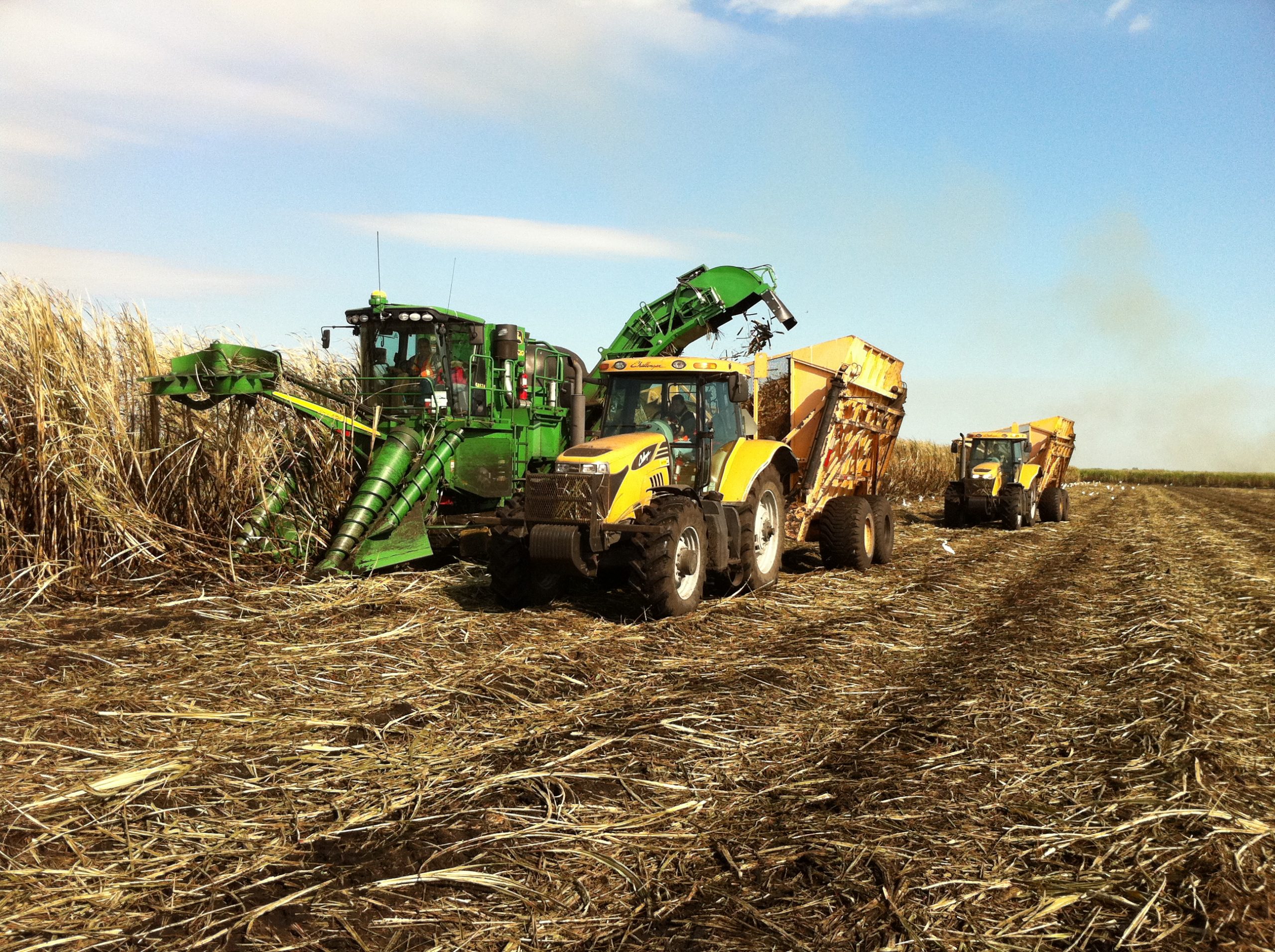Recently, the people of U.S. Sugar, our farmers and our 34 independent growers finished the Company’s 90th consecutive harvest. Every year I’m with the company, I am even more amazed at the new and interesting things I learn. This past year was no exception. And I want to share my “on the job” learning experience through my time hosting tours, gathering content for our social media channels and interacting with my co-workers.
Here’s ten of the most interesting things I learned about U.S. Sugar:
- Our farmers are using technology similar to Uber to increase sustainability and efficiency in the sugarcane harvest. A few years ago, we began developing/implementing a technology using location-based beacon solutions to link tractors hauling wagons to cane harvesters waiting in the field. The technology has helped reduce the distance traveled and wait times, which decreases fuel use and increases overall harvest efficiency.
- It sometimes get extremely cold in South Florida, and that’s not a good thing for farming. In late January, we experienced two consecutive nights of below-freezing temperatures in our farming region. The first night, it was windy enough to keep the frost/freeze from settling on much of the crop. Unfortunately, the wind died down the second night, and we experienced major negative impacts including widespread freeze-burned cane and damaged vegetables. Farms south of Lake Okeechobee generally enjoy favorable weather year-round, but the freeze this year was the worst in more than a decade.


- We hire many graduates from Abraham Baldwin Agricultural College in Georgia. I am an alumnus of Florida State University (Go Noles!) and I work with quite a few Gators, Hurricanes, UCF Knights and FGCU Eagles, but ABAC in Tifton, GA is one of the schools that seems to produce the most U.S. Sugar employees. Many employees in our agriculture department are from ABAC, working in everything from production supervision, and harvest technology implementation to research & development. In May, we hosted faculty from ABAC and the tour was led entirely by our ABAC graduates and current interns.


- Our internal railroad system keeps 2,000 tractor-trailers off the road every day. U.S. Sugar is unique in that we transport all of our sugarcane from our fields to the mill via private railroad–nonstop during the harvest season (from October to May). One railcar can haul up to 40,000 tons of sugarcane, or the equivalent of two tractor trailers. Fewer trucks on the road means less congestion in our communities and reduced fuel consumption and less greenhouse gas emissions.
- U.S. Sugar grows a whole lot more than sugarcane. This past year, U.S. Sugar and our family of farmers grew more than a dozen different types of fruit and vegetables. Our company grows green beans and sweet corn in rotation with sugarcane, and our 34 independent farmers grow many other food crops such as such as citrus, kale, radishes, romaine lettuce, rice, celery and many other crops. All of this produce is packaged locally in the Glades, shipped and sold in the produce sections of grocery stores throughout the Eastern Seaboard every winter and spring. We help feed up to 180 million Americans every year!
- Clean water is an important part of our business. The Everglades Agricultural Area (EAA for short), where many of our farms are located, is the only farming area in the United States with a requirement to reduce phosphorus by 25 percent annually. Our farmers along with other growers in the EAA have shattered that target by achieving a 55 percent annual average reduction over the past 26 years. It’s a major source of pride for our farmers, who are on the front lines of Everglades restoration in our state’s efforts to send cleaner water to the River of Grass.
- We host thousands of people on Raisin’ Cane tours of our farms every year. One of the best ways to teach people about agriculture is to get them out on our farms and show them what we do. This past year, we had approximately 6,000 people from coastal regions and our own communities come to our farming region to learn about our sustainable agricultural practices and the food we produce. If you are interested in booking a future tour, please contact the Clewiston Chamber of Commerce.
- U.S. Sugar is a family, and many family members work together. At both our factory and in our fields, U.S. Sugar employs many father-son or mother-daughter combinations. It’s not uncommon to hear about employees who have worked with their parents and even grandparents as generations of families choose to work for the Company. Every year, our CEO Robert H. Buker, Jr. recognizes employees for their decades of service, including some that have worked for the company for 30, 40, and even 50 years!
- U.S. Sugar has many superlatives when it comes to technology. Due to the size and scale of our farming operation, U.S. Sugar is home to the world’s largest private mesh Wi-Fi network (which spans 200 square miles across our farms) and one of the largest fleets of connected John Deere tractors and harvesters anywhere. We are also one of the largest producers of data in all of American agriculture, and one of the largest users of auto steer GPS guidance on farms anywhere in the world. Precision agriculture plays an integral role in our ability to safely and reliably produce food in a sustainable way.
- Bagasse has many uses outside of powering U.S. Sugar’s factory. We have highlighted the sustainability of bagasse – sugarcane fiber – in powering our factory and providing surplus power for up to 25,000 homes annually, but it is increasingly used in making every day household products more affordable and environmentally friendly. Sugarcane is playing an important role in the plant-based product movement. You can now purchase everything from straws, to sandals and even LEGOs sustainably made from sugarcane-based materials.
After getting some much-needed rest this summer, our employees will be back hard at work as we begin our 91st harvest starting in October. We will be happy to share more interesting facts and information about our farming and processing operations. Make sure you’re following U.S. Sugar on Twitter, Facebook and Tik Tok.

